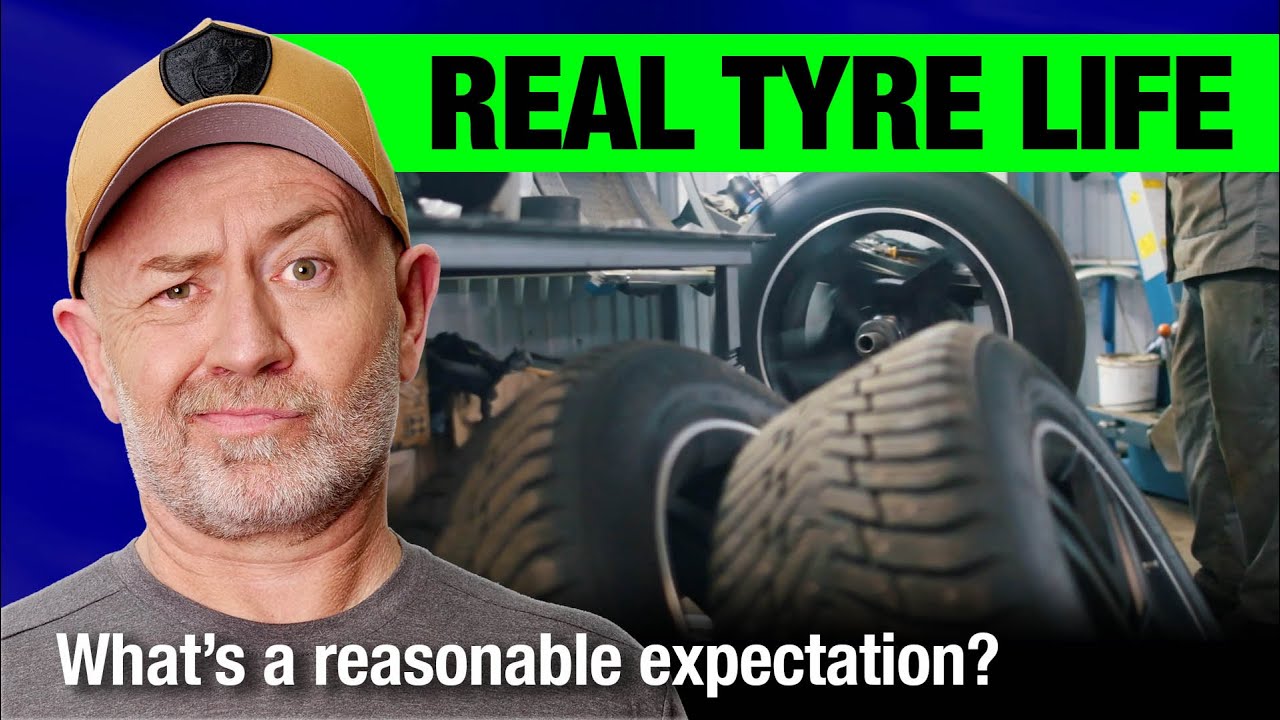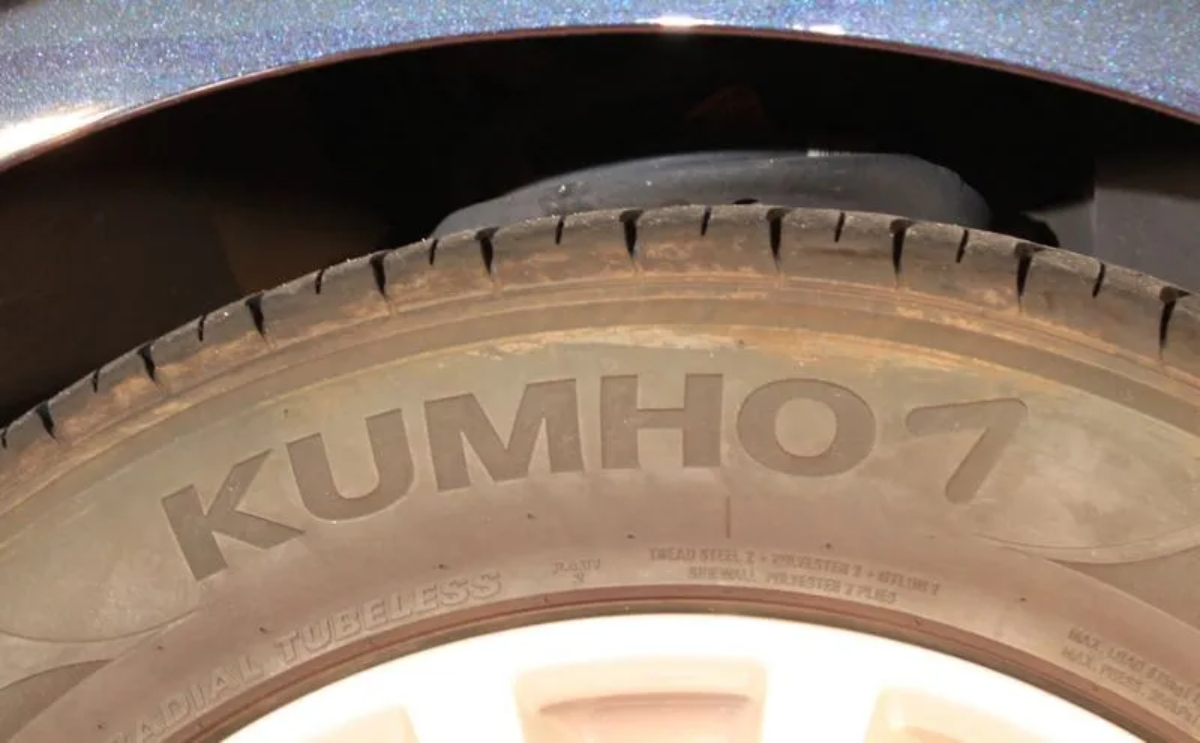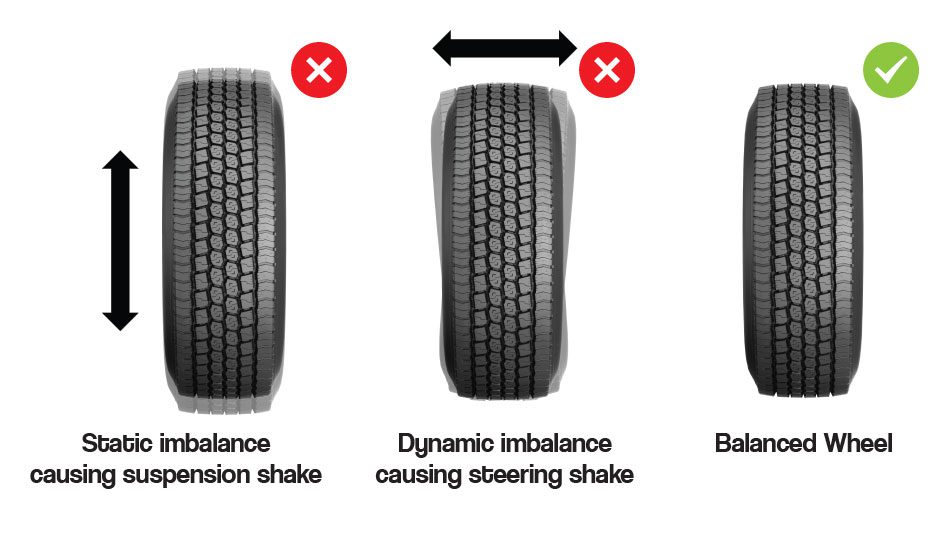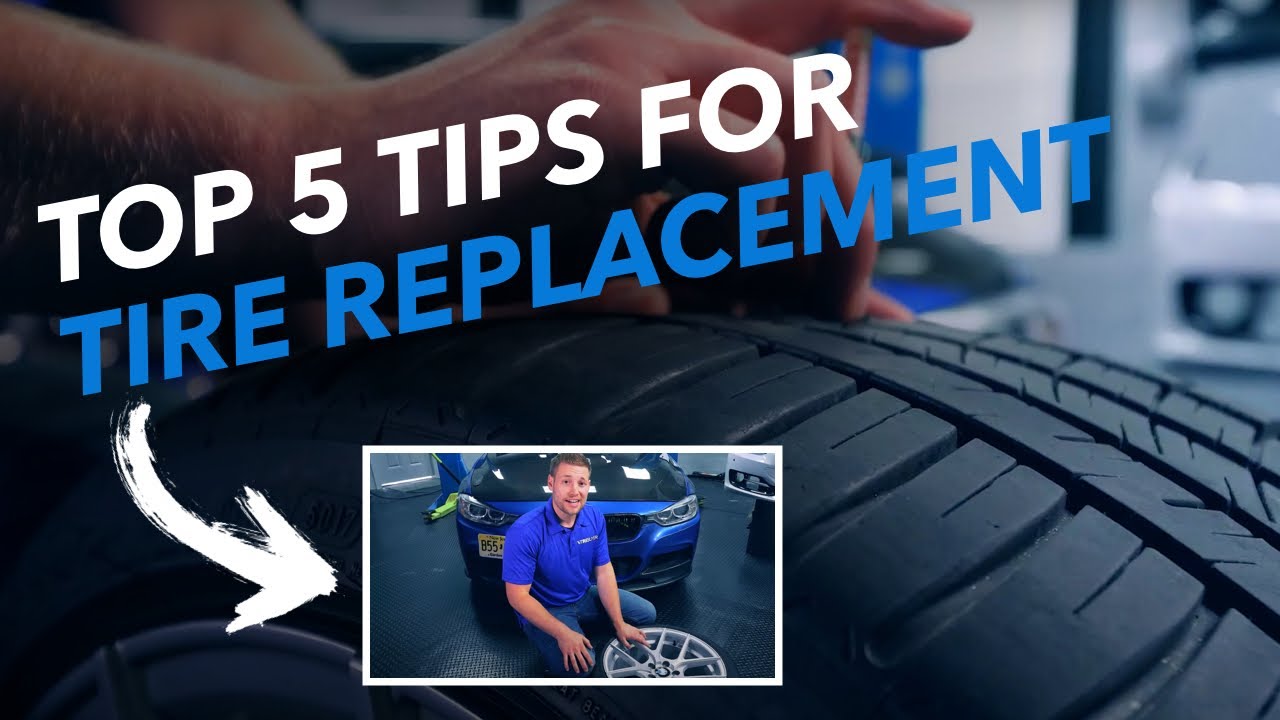A tire is a ring-shaped component that surrounds a wheel’s rim and allows your vehicle to roll down the road. Car tire maintenance is required to keep your vehicle in good working order. If they aren’t maintained adequately, it will affect how your car drives and could lead to more problems.
When the maintenance of your car tires arises, the common question, “How long do tires last?” appears. It is frequently followed by several others, such as “What causes a tire to wear?” When does the tire need to be changed? What steps must be taken to get the most out of your tire? What are some pro tips to increase the lifespan of tires? Continue reading the article to find answers to all your questions.
Components Of A Tire
According to Michelin, more than 200 essential elements make up a tire. Following is a list of the main components of a typical radial tire:
Inner Liner: An inner liner is an inner tube comprised of synthetic rubber that maintains air pressure.
Carcass Ply: Thin textile cords attached to rubber that serve as a structure and support are called carcass ply.
Beads: Each wheel has two beads and round metal wires that keep the tire seated and ensure an airtight fit with the wheel rim.
Sidewall: The tire’s sidewall faces the outside and shields it from curbs and other potentially harmful exterior forces.
Casing Ply: Most of the tire’s strength is provided by the casing ply, composed of numerous minute metal cords.
Cap ply: Also known as the “zero degrees belt,” the cap ply keeps the tire’s shape while dissipating heat.
Crown plies: The tread’s structural base is called crown Plies
Tread: The tread is the tire’s flat outside surface pattern. The tread assists in removing moisture and debris from the tire’s exterior and forming quick chemical interactions with the ground. The tire may become slippery and dangerous without the tread because it provides traction and grip.
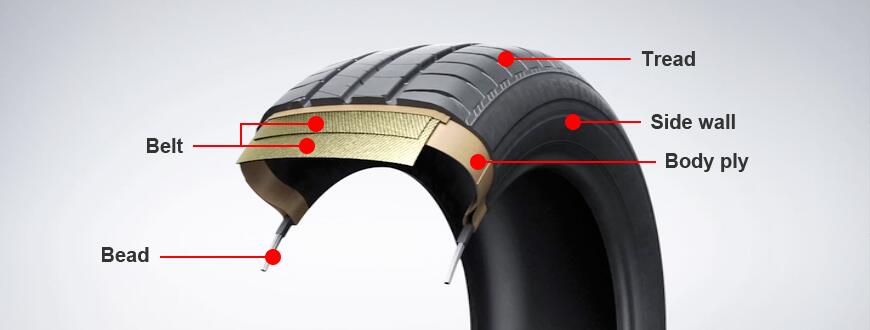
How Long Do Tires Last?
There is no way to predict how long a particular tire will survive, but multiple factors determine how long a tire will last. Drivers can take specific steps to maximize their tire investment and avoid using dangerous tires. People usually travel between 12,000 and 15,000 miles yearly; therefore, the average decent all-season tire will last between three and five years, depending on maintenance, driving habits, and other factors.
What Causes A Tire To Wear?
Multiple reasons can cause a tire to wear. Following are some factors that tell how long a tire would last.
The Vehicle Type
You wouldn’t believe it, but the vehicle your tires are mounted on impacts how long they survive.
SUVs and trucks place more pressure on tires than a sedan, so if your vehicle doesn’t have the right outfitted tires, they may deteriorate faster than expected.
Rough Weather Conditions
Tires can wear out quicker when driving in rough weather conditions like rain, snow, and ice because they have to work more to maintain traction. Investing in tires designed to function in a specific climate can increase traction and control for drivers, increasing safety while ensuring good treadwear.
Poor Driving Practices
Poor driving practices, including sharp turns, rapid acceleration, and abrupt braking, can stress tires and hasten their wear. By avoiding aggressive driving, drivers can dramatically increase the life of their tires.
Inadequate Maintenance
You should maintain your car’s time regularly and check for possible damage. You should maintain air pressure, and tires must be rotated and aligned. Tire life can be cut in half or even more without regular maintenance.
Tire Age
You should replace the tire if it is more than six years old, regardless of the tread depth. It is due to dry rot caused by a tire’s rubber compounds deteriorating over time. Your tires become more vulnerable to blowouts and tread separation when they have dry rot.
When Does the Tire Need to Be Changed?
Following are the signs indicating that your tire needs to get changed
Tread depth
The depth of the grooved rubber that contacts the road is your tread depth. Tires lose tread as they are used, which reduces their traction. As you drive more and more, your mileage increases, and your tread depth decreases with time. When your tires have 1/16 inch or less of tread depth left, certain jurisdictions need a tire change. When you take your car in for maintenance, a mechanic can check the tread depth, or you can use gauges to do it yourself.
Age
To find out how long your tires will last, consult the manufacturer’s recommendations. Even if your tire appears in good condition and hasn’t been used much, your manufacturer will provide a maximum time frame before they need to be replaced. The typical age range in the sector is between six and 10 years.
Cracks, blisters, and lumps.
It’s time to bring your automobile in for maintenance if you see any bulging or blistering in your tire. These physical signs indicate a significant danger of a flat or tire blowout in your vehicle.
Mileage
The recommended distance for a tire change can be found in your car’s user manual. Still, manufacturers and automotive websites generally state that tires last for roughly 50,000 miles before needing to be replaced.
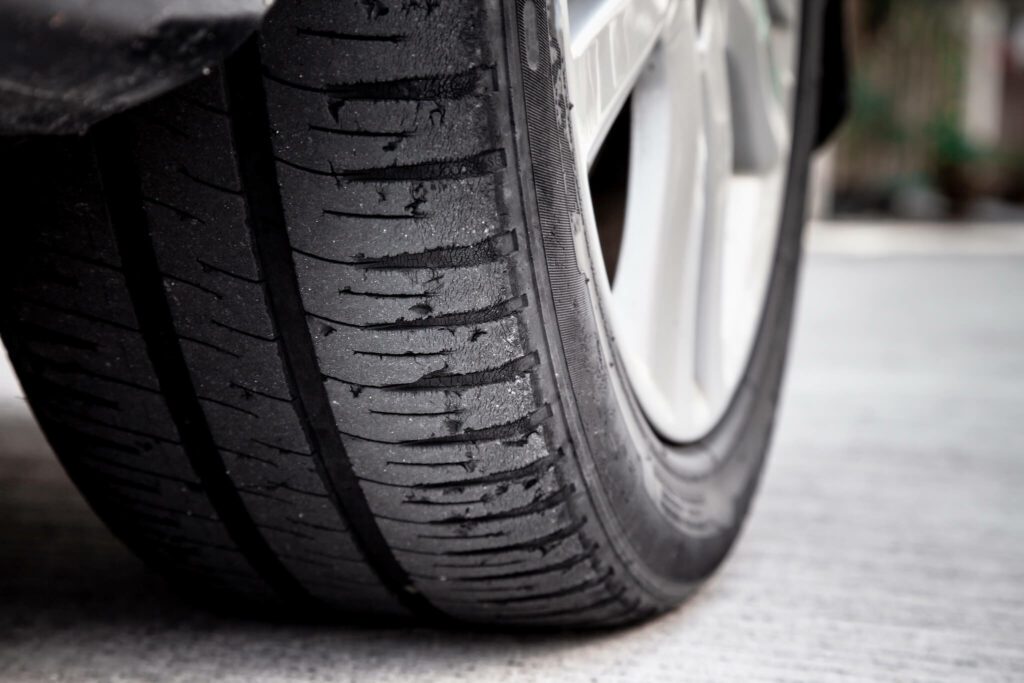
What steps must be taken to get the most out of your tire?
Following are the steps that need to be taken to get the most out of your tire.
Regularly check the pressure in your tires.
One of the main reasons tires wear out too soon is under or over-inflation. When your tire pressure is low, most modern automobiles have a warning light on the dashboard that glows. You may also buy a digital gauge or take it to the mechanic regularly to have it examined.
Spin the tires.
Rotating your tires is similar to flipping a mattress; if you’ve been sleeping in the same place for a while, you’ll notice an indentation. It is comparable to what occurs to your tires when you drive. The entire set will last longer if you rotate your tires as directed by the manufacturer to spread wear evenly across all four tires.
Align the wheels.
If your automobile deviates to one side of a straight road, your wheels could be out of alignment. This condition may shorten their life and produce uneven wear.
Pro Tips To Increase Lifespan Of Tires
We’ve bought, changed, and fixed tires for years, so we’ve seen it all. Here are some pro tips we recommend that we’ve learned from experience that increase the lifespan of tires.
Replace Tire In Complete Sets
Replace tires in whole sets of four or six at all times. Driving with mismatched tires could lead to additional issues in the future. Driving with mismatched tires could lead to other problems in the future.
Bring A Spare Tire With You
Remember to bring your spare tire! Being stranded with an underinflated spare tire, or worse, is the absolute last thing you want.
Keep an eye on Wear Bars.
Wear bars are incorporated into the tire. It’s time to replace your tires if your tread is level with the bar.
Check your tire with an upside-down quarter.
If the tread extends to Washington’s head, the tire still has at least 4/32 of an inch or enough tread for safe driving. Go to the tire shop as soon as possible if you can see the entire dome of Washington.
Use Hand Test
Use the hand test without hesitation. The best inspection approach is removing the tires, but not everyone has the time, room, or expertise to do so. Put on a glove and examine the tire surfaces with your hand to look for anomalies, such as uneven tread wear, bubbles, cupping, flat patches, nails, glass, or bald spots.
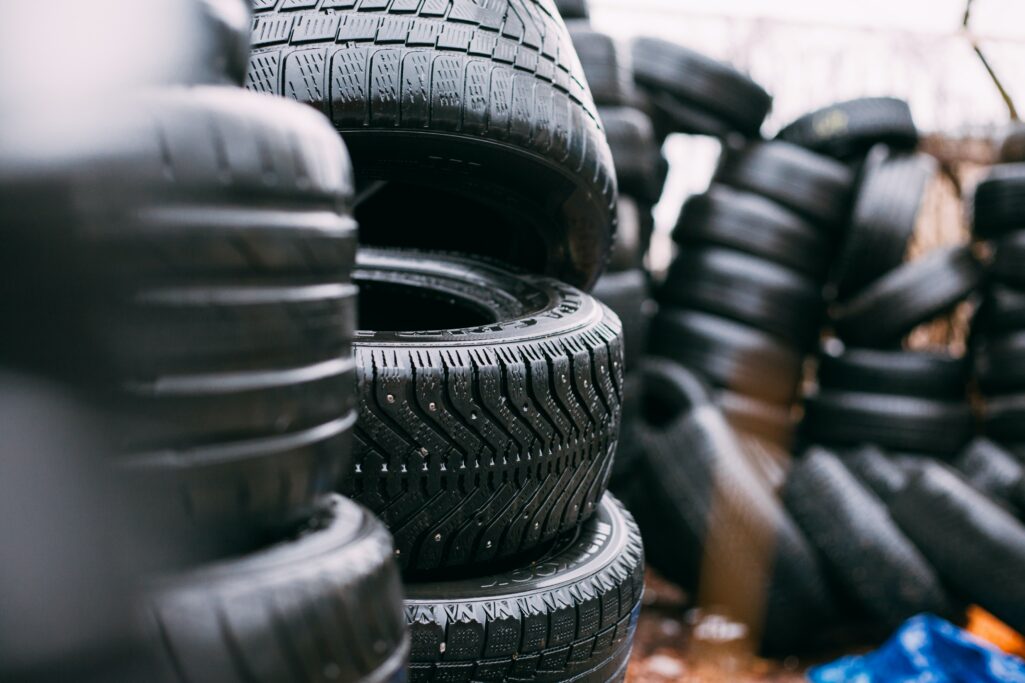
The Bottom Line
On average, your tires last 50,000 to 60,000 miles. The manufacturer makes a difference here. While some tire manufacturers design their tires to last up to 80,000 miles, others only 30,000 miles, there are both types of manufacturers. By looking at a tire’s treadwear rating, you may determine how many miles you can expect.
However, other factors, like vehicle type, weather conditions, driving habits, and maintenance routine, can also affect how long tires last. If your tires are well-maintained, they could work for six to ten years; after that, you need to replace them.
Let us know which tip you will apply to increase the lifespan of your car tires!
